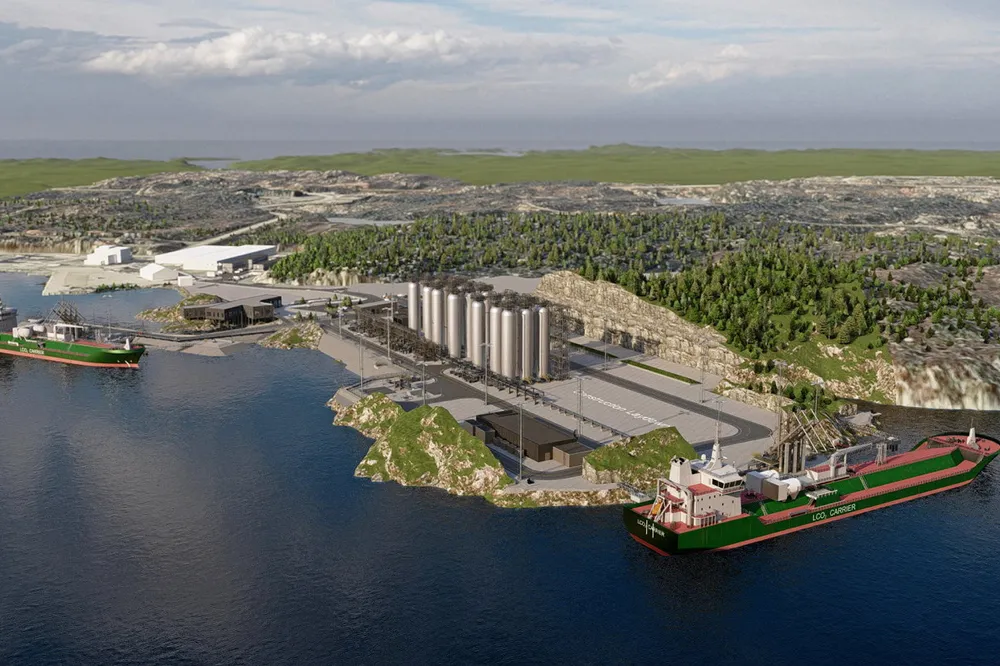First cross-border deal for Northern Lights carbon capture and storage an "industry milestone"
Agreement to take carbon dioxide from Dutch fertiliser plant paves way for capacity expansion at Norway's pioneer project

Agreement to take carbon dioxide from Dutch fertiliser plant paves way for capacity expansion at Norway's pioneer project
